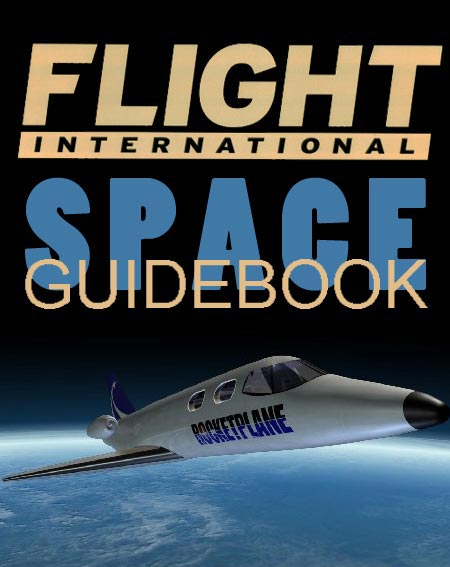 The FAA describes space tourists as spaceflight participants but interested octogenarians need not worry, it has not set an age limit and has dropped previous proposals for tourists to provide medical histories to spaceflight operators.
The FAA describes space tourists as spaceflight participants but interested octogenarians need not worry, it has not set an age limit and has dropped previous proposals for tourists to provide medical histories to spaceflight operators.
Once deemed healthy enough the tourist will have to have training for emergency situations including:
- In-cabin smoke
- Fire
- Loss of cabin pressure
- How to exit in an emergency
If that training did not convince a potential tourist astronaut that spaceflight was a bit risky the FAA wants operators to put in writing that the launch vehicle is not certified as safe by the US government for carrying crew or participants.
The operators don’t even have the option of blinding their customers with science. The operator will have to explain in language that can be understood by the tourist what the hazards and risks of the spaceflight are - including a description of "safety related failures" and what the corrective actions would be. Just in case you have the time, as you plummet back to Earth, to carry them out.
Finally a safety record of the launch vehicle has to be given, containing:
- The number of flights the vehicle has had
- The number of safety related anomalies
- Corrective action taken due to failures
Just so the tourist can make a comparison that vehicle history will have to be accompanied with information on the number of people that have historically been carried on suborbital and orbital, flights and the total number of those that have died or been injured.
If that wasn’t enough to put you off before you board the uncertified vehicle design with fewer flights than a Space Shuttle, the FAA is encouraging operators - but will not make this law - to allow passengers to have the opportunity to ask questions. Only the opportunity, mind.
Once that is done and dusted the passenger has the chance to provide a written waiver giving their informed consent to fly and not sue anyone if anything bad happens.
Fortunately for the other passengers, and crew, the FAA is not allowing passengers to have explosives, guns, knives "or other weapons". As if sitting on a rocket full of explosive liquid oxygen and flammable fuels were not enough to worry about already.
If spaceflight participants decided they wanted to work as crew members they will need a second class airman medical certificate that was issued within the last 12 months prior to a launch.
Crew must have the physical and mental abilities to perform safety related roles; as the ship tumbles and spins faster than the speed of sound towards the ground.
And like participants vehicle operators will have to inform crew candidates that the vehicle they are flying is not certified as safe by the US government. How would they not know?
Surely you're going to ask some questions in your job interview?
A candidate for pilot will need a medical certificate and an FAA pilot’s licence with an instrument rating and be able to demonstrate a knowledge of the US National Airspace System.
However the licence cannot be a sports or student pilot licence. Phew, God forbid.
It’s good to know that GA pilots who have occasionally used instruments at night could control a rocket powered vehicle that will scream towards space at many times the speed of sound, reach its apogee in a microgravity environment and then have to be controlled for the descent that will literally be faster than a speeding bullet.
Beyond that the FAA is shying away from specifying licence category, class, type or instrument ratings because they admit they don’t know what launch vehicles will be used for space tourism – always a confidence booster.
As well as licences and medical certificates the agency will require "realistic simulation training" to show that the pilots can cope with dangerous situations including the need to fly the vehicle away from a populated area.
What will space tourism do for house prices we ask?
For full details, cleick here to see the FAA rules for space tourists in full.
Source: Flight International



















